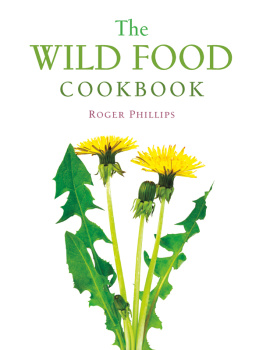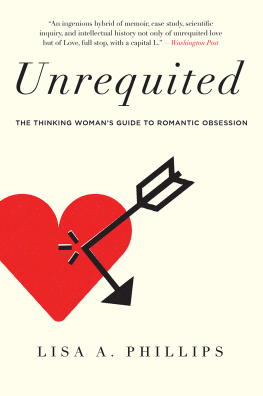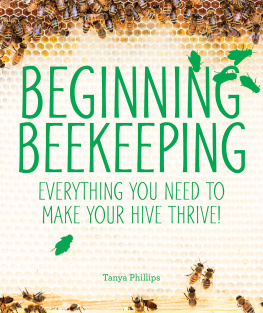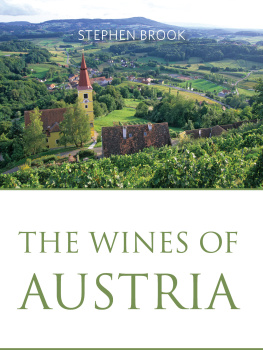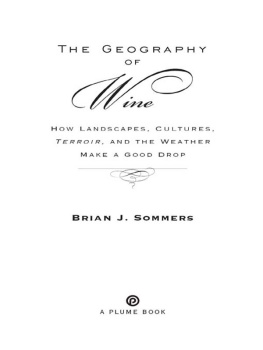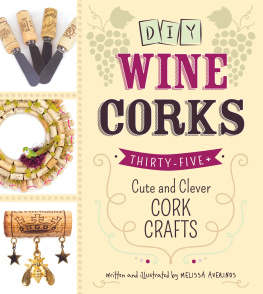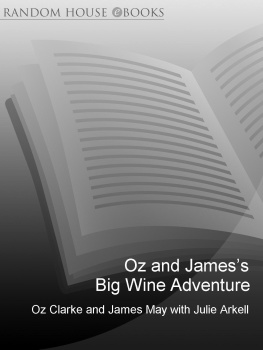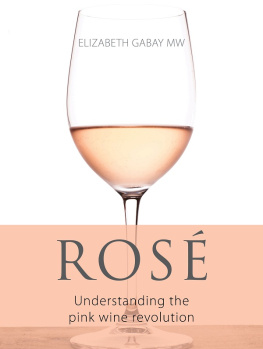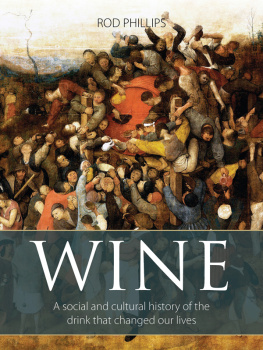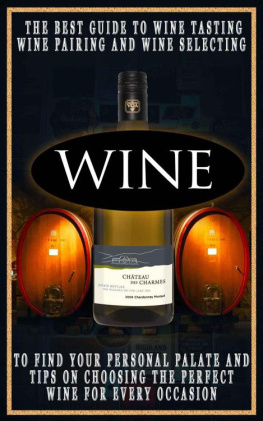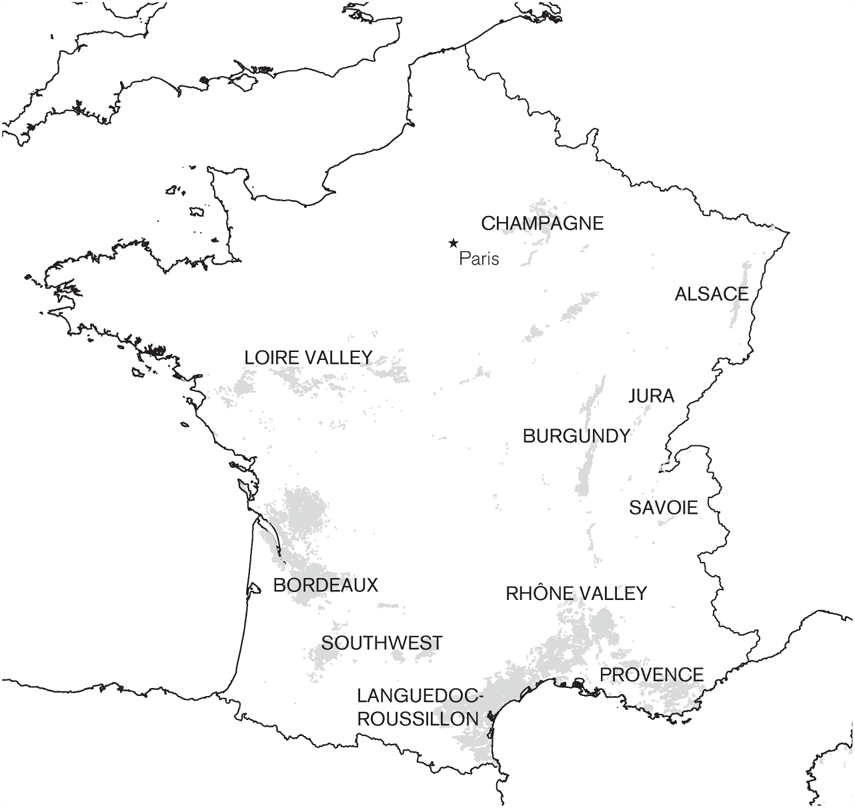Throughout this book I capitalize the names of French wine regions and use lowercase for the wines from those regions. Thus Burgundy refers to the region and burgundy refers to a wine from Burgundy.
Clairet, a light red wine commonly made in France, was given the name claret in English. I refer to it as clairet when I discuss it in a French context and as claret in the context of Great Britain.
Introduction
France occupies a special position in the world of wine. Until the late twentieth century there was a broad and robust consensus, among wine professionals and everyday wine consumers alike, that France produced the best wines in the world. Even today, despite the improvements in wines from other European countries and the appearance of high-quality wines from regions of the United States, Canada, Chile, Argentina, South Africa, Australia, and New Zealand, there is a residual sense that Frances best wines are the worlds best. How else can we explain the perennial obsession with each vintage in Bordeaux and Burgundy, two of Frances most important and prestigious wine regions, and the ever-increasing popularity of champagne in the face of less expensive but high-quality sparkling wines from other parts of the world?
Cynics may point to simple inertia among professionals and consumers as an explanation and suggest that as fine wines from other countries find more secure footings in world markets, the wines of France will be put into a more realistic comparative context. In the meantime, despite sustaining some loss of global market share in the face of the rising production of New World wines, French wines continue to attract and fascinate consumers at all levels in a way that wines from no other country do. Only one wine is a household name internationally, and it is French: champagne. Even though many consumers might not know that champagne is made only in the French region of that name, and even though many use champagne generically to refer to any sparkling wine, it is a name known the world over and a metaphor for quality and style.
Although no other French region has entered the popular lexicon in such a way, Bordeaux and Burgundy are widely regarded as benchmarks for wine quality. Until recently, blends of certain grape varieties (especially cabernet sauvignon and merlot) were commonly referred to as Bordeaux blends, and New World producers of pinot noir and chardonnay still often (too often) claim that they make their wines in a Burgundian style. Until appellation names were effectively protected in the early 2000s, many New World red wines (no matter what grape varieties were used to make them) were labeled burgundy and bordeaux, and many sparkling wines were labeled champagne. These branding practices were not confined to French appellationsthere were many New World ports and sherriesbut French regional names were the most commonly used for nonfortified wines.
The three most prestigious wine regions of FranceBordeaux, Burgundy (whose wine authorities would prefer us to refer to it as Bourgogne), and Champagnemay be the standard-bearers of French wine, but they represent only a sixth of Frances vineyard area and a smaller fraction of its wine production. Other regionsnotably Alsace, southwest France, and the Loire and Rhne valleysare notable for their distinctive wines, and most French wine produced today comes from Mediterranean France, especially from the broad Languedoc region that is the cradle of French viticulture. The sheer diversity of French winesin terms of styles, grape varieties used, and vineyard practicesnot only makes generalizations about the wines of France hazardous, if not impossible, but also complicates the idea of French wine. Yet despite qualifications regarding region and locality, it is nonetheless true that French wine, as a beverage and an idea, has dominated wine cultures throughout the world for the past two centuries, and in some cases much longer. Better-off English wine consumers, for example, have been transfixed by claret (red wine from Bordeaux) since the Middle Ages, despite periodic fluctuations in its availability and reputation and the evolution of its style.
It is surprising, then, that no book in the English language has yet attempted to survey the long-term history of wine in France. Several such histories have been published in French. Marcel Lachivers Vins, vignes et vignerons: Histoire du vignoble franais, published in 1988, is a magisterial work that covers many of the themes of this book. Roger Dions Histoire de la vigne et du vin en France: Des origines au XIXe sicle (1959), more limited in the time span it covers, is equally authoritative, and Dion and Lachiver established the shape of the long-term history of French wine. Gilbert Garriers Histoire sociale et culturelle du vin (1995) ranges more widely but is predominantly about French wine. Each of these books is more than seven hundred pages long and densely detailed, and none of them has been translated into English.


